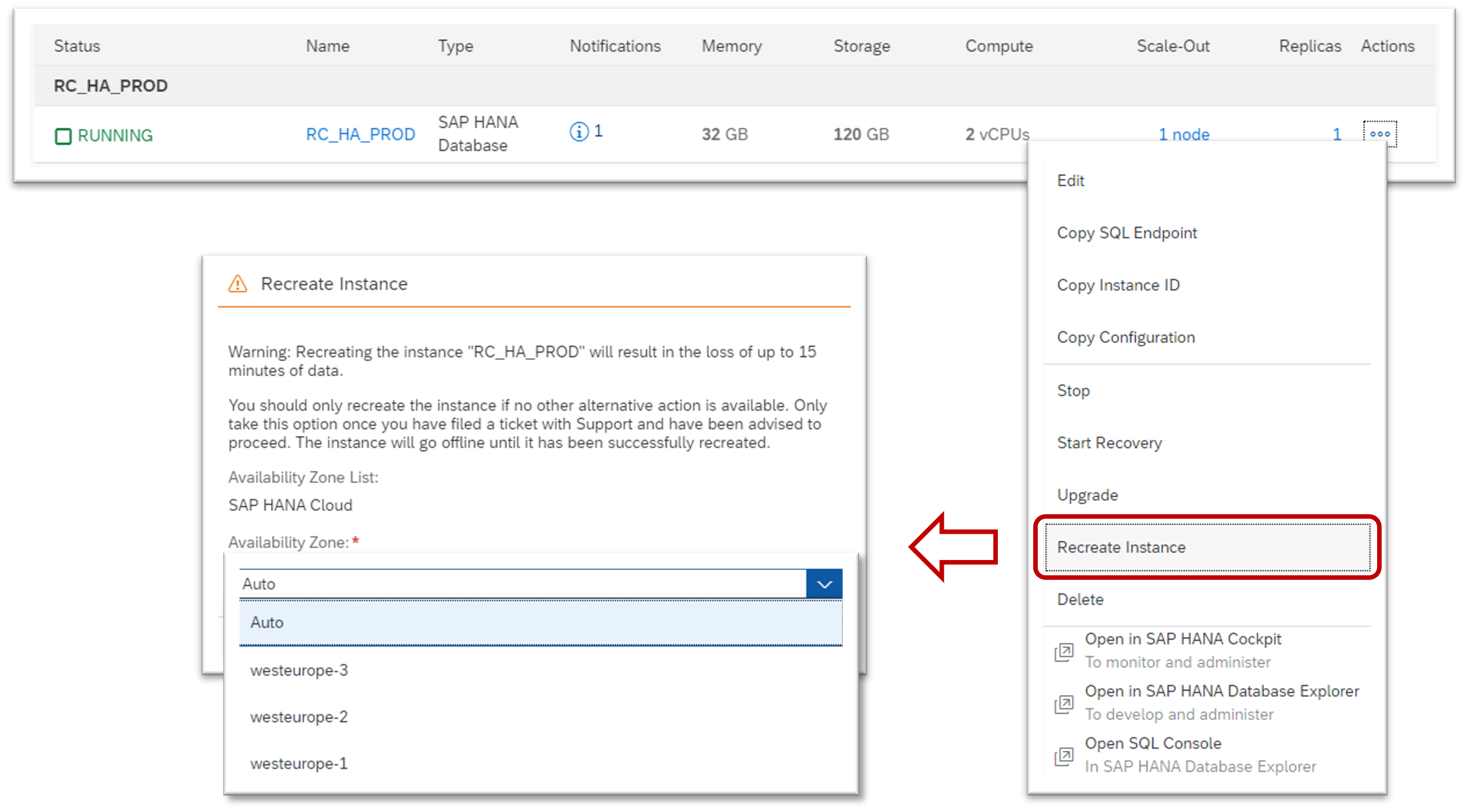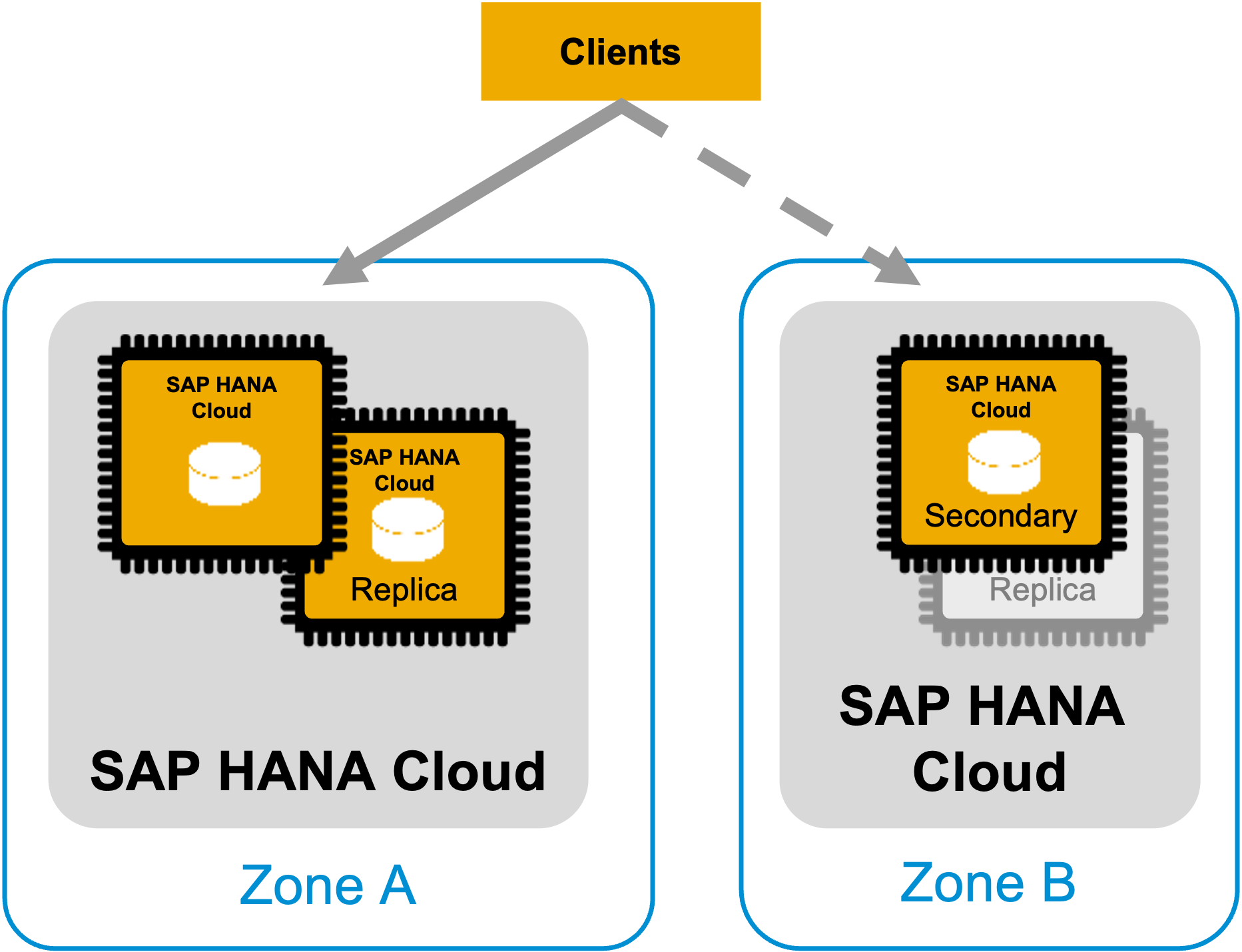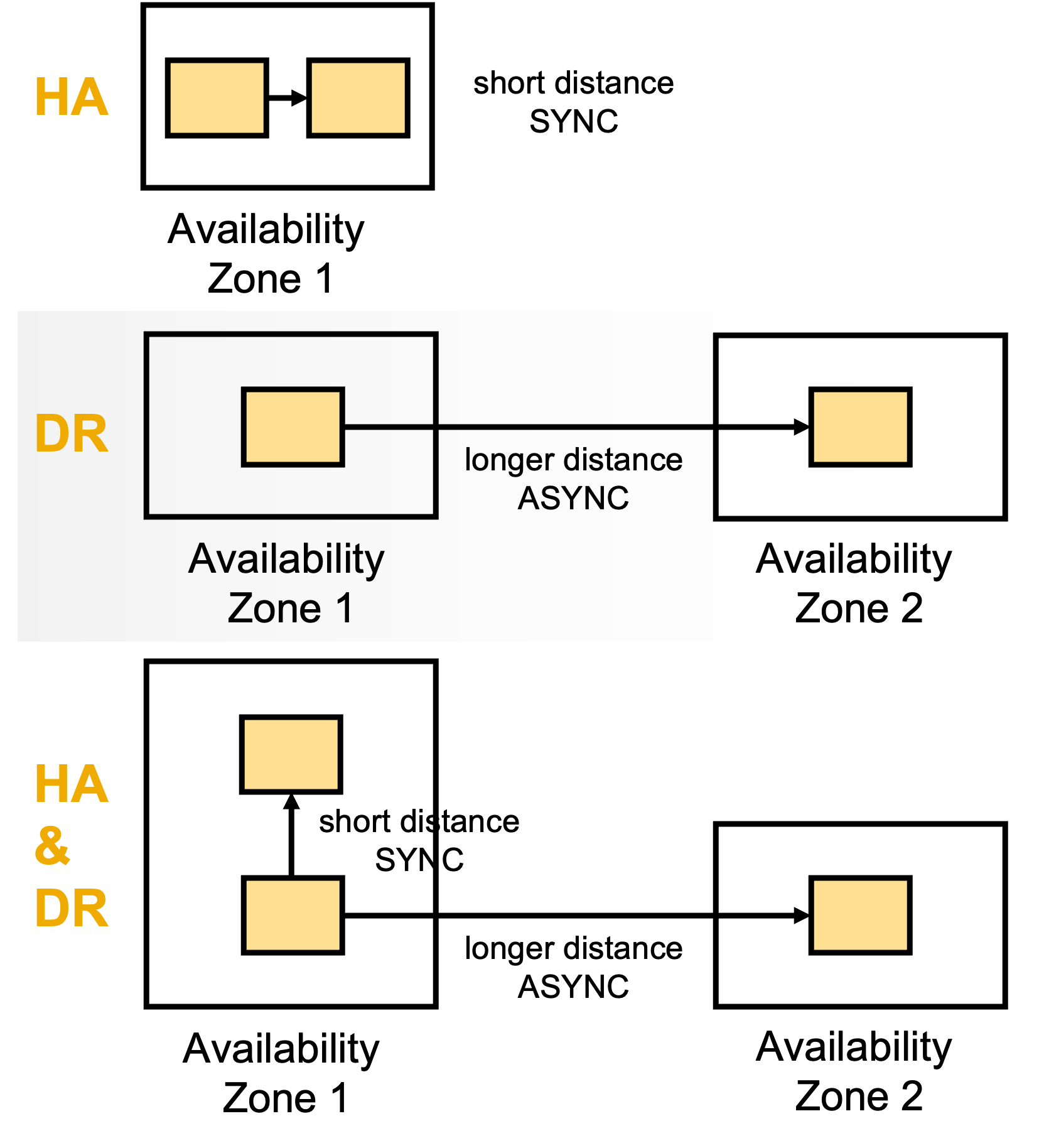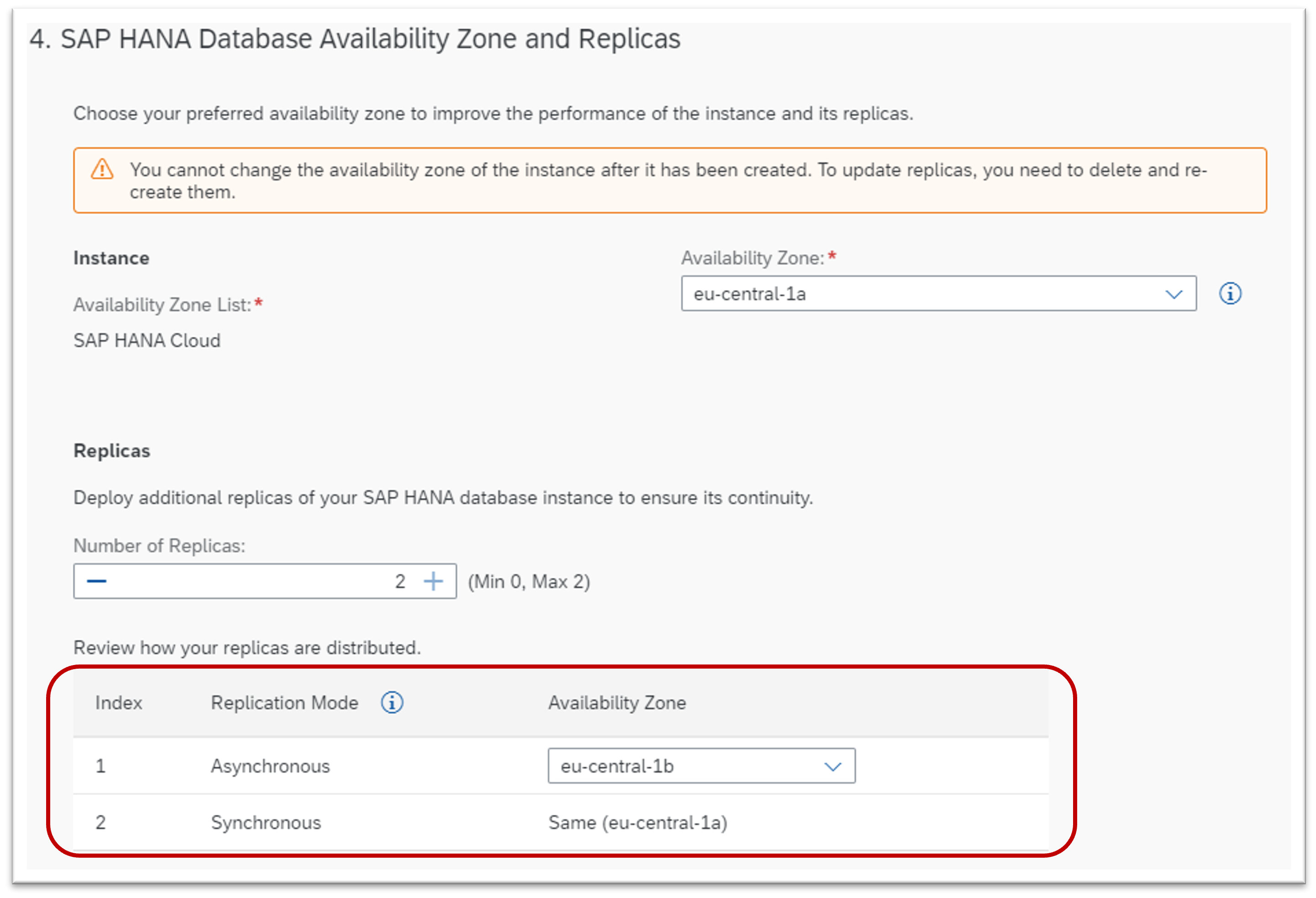
- SAP Community
- Products and Technology
- Technology
- Technology Blogs by SAP
- What’s New in SAP HANA Cloud – September 2021
- Subscribe to RSS Feed
- Mark as New
- Mark as Read
- Bookmark
- Subscribe
- Printer Friendly Page
- Report Inappropriate Content
In case you want to get a more in-depth picture of individual functionalities and changes, REGISTER NOW to join our webinar on October 7 (9AM CEST or 11AM EDT). There, we will also feature some great demos, presented by our product experts.
Innovations in SAP HANA Cloud, SAP Adaptive Server Enterprise
Amongst others, the list of innovation highlights, specifically looking at the SAP HANA Cloud, SAP Adaptive Server Enterprise, spans across multiple areas and includes functionalities such as:
- Hybrid Replication from SAP ASE on-premise to SAP HANA Cloud, SAP Adaptive Server Enterprise
- Virtualization and Integration from SAP HANA database to SAP Adaptive Server Enterprise via Smart Data Access
- Single Sign-On support with JWT and LDAP
- More affordable SAP HANA Cloud, SAP Adaptive Server Enterprise instances (e.g. via zero backup option or smaller instance sizes)
tom.slee, Product Expert for SAP HANA Cloud, SAP Adaptive Server Enterprise is providing a great overview of the named highlights in his blog post.
Innovations in SAP HANA Cloud, SAP HANA database
Innovations in Availability
Especially in the area of system availability, we have introduced several innovations for the SAP HANA database in SAP HANA Cloud, that we would like to highlight.
Instance Placement
With the Q3 release of SAP HANA Cloud, we introduced multiple new options to influence the placement of your SAP HANA database instances.
While in the past it has already been possible to place your instance within one availability zone automatically, you can now define your availability zone of interest to specify where the database instances should be placed. This allows you to place your database instance closer to e.g. application servers or other systems that you would like to connect to with the lowest possible latency.
To ease the selection of the desired availability zone, we provide two options of availability zone lists: “SAP HANA Cloud” and “Microsoft Azure”. The “Microsoft Azure” option allows you to derive the availability zones used on your Microsoft Azure account, based on our individual subscription ID.

Select Availability Zone for Primary Placement
Recreate Instances
Apart from the introduced possibilities to position newly created database instances, we now also offer the functionality to recreate existing database instances in other availability zones.
Just bear in mind, that the recreation takes longer than a replication and may serve a different purpose. The operation will be finalized with a restart.

Recreate a SAP HANA database instance
Multi-Zone Replication
Moreover, the SAP HANA database within SAP HANA Cloud will support multi-zone replication (partially also referred to as ‘Disaster Recovery’ functionality) starting in early October 2021.

Multi-Zone Replication of SAP HANA Cloud, SAP HANA database
This will allow you to automatically replicate full systems with all persistent data between multiple availability zones, while absorbing increased latency via asynchronous replication mechanisms, caused by the enlarged distance.

The new multi-zone replication technology can also be combined with the so-called ‘High Availability’ offering, providing synchronous replication in the same availability zone.

Different variations and combinations of replications
Other than with the ‘High Availability’ option, takeovers need to be triggered manually, when using multi-zone replication, and facing an outage.
Placement of Replicas (Multi-Zone)
Depending on the placement of the primary database instance, one can then also select the location of the secondary (replica) database instance, when configuring multi-zone replication. Not specifying a dedicated zone for the primary instance, the replica will automatically be placed in a different availability zone.

Automatic assignment of Availability Zones
But choosing a specific database instance for the primary, the user is also given the possibility to define the target availability zone for the secondary.

Explicit assignment of Availability Zones
Innovations of HANA Deployment Infrastructure (HDI)
The new HDI Administration Cockpit combines monitoring and administration of HDI objects in one place. It will become available in the first weeks of October as an integrated part of the SAP HANA Cockpit, but we already wanted to highlight the great upcoming functionalities.

HDI Administration Cockpit
You can investigate resource consumption of HDI objects and list which privileges are relevant for individual HDI objects. In addition, you can administer HDI related privileges and containers as well as container groups.
Innovations of Calculation View Modeling
Some selected features and enhancements in the area of calculation view modeling are shown below. Examples for the individual features and enhancements including more detailed information can be found in the sample project..
The examples included in the project can be executed in SAP Business Application Studio being connected to an instance of SAP HANA CLOUD, SAP HANA database (with a version of at least 2021.QRC3).
Fill Time Tables by Procedure [new functionality]
Use a SQL procedure to fill your time tables. This provides another option to fill the time tables in addition to filling them via SAP Business Application Studio. For example, this procedure can be used when updates to the tables should be automated or in productive systems when no Business Application Studio is connected.

Fill Time Tables by Procedure
Use filled time tables, e.g., to
- enhance date values with additional information (e.g. day of week)
- determine all days that are included in a date interval (e.g., to join them)
- map between different date representations (e.g., DATE_SQL/DATE_SAP)
Type of Generated Hierarchy Views [new functionality]
You can determine which type of hierarchy views should be generated for hierarchies that are modeled in your calculation view. But please note that while it is already available on the SAP HANA Cloud backend, the feature will become available with SAP Business Application Studio at the end of October.

Type of Generated Hierarchy Views
Choose “Auto” if you want to use the calculation view on premise and in SAP HANA Cloud. If you only want to access your hierarchies via SQL, choose the new option called “SQL hierarchy views”. In case only meta data about the hierarchy is required but no hierarchy view, you can choose the option “No hierarchy views”
Keyboard Shortcuts for Modeling Actions [modeling efficiency]
Increase your efficiency of model development by using keyboard short-cuts for dedicated modeling actions (e.g., CTRL-d to deploy an opened calculation view) in SAP Business Application Studio. Default keyboard short-cuts can be changed under File > Settings > Open
Replace with Node [modeling efficiency]
Refactoring becomes much easier by using the option to replace a data source with an existing node while keeping the mapping information.

Replace with Node
Copy Model Objects (e.g., calculated columns) [modeling efficiency]
Copy existing model elements if you want to create similar objects that differ only in small aspects. For example, if you want to reuse an existing expression of a calculated column in another calculated column, you can simply copy the original one and do the modifications.

Copy Model Objects
Change Sequence of Parameters [modeling efficiency]
Reporting tools typically prompt for variables and parameters in the sequence in which the parameters have been created. This is sometimes not wanted. It is now possible to change the sequence of the parameters and variables in the calculation view.

Change Sequence of Parameters
Evaluate Session Variables Early Flag [performance]
Union pruning can be used to exclude the evaluation of model branches based on the properties of a query. For example, queries for certain years can be directed to specific branches only. This pruning decision can also be based on session variables. However, per default, session variables are evaluated only after the pruning decisions are done. Therefore, unnecessary branches are processed. With the new flag “Evaluate Session Variables Early” you can now ensure that the session variable is considered during the pruning decision. Take a look at the Performance Guide for more details. This new option will become available with SAP Business Application Studio at the end of October, while it is already available on the SAP HANA Cloud backend.

Evaluate Session Variables Early Option
End User View Flag [meta data]
The creator of a calculation view can soon specify the intended usage of the calculation view. One can specify if a view will be used for direct reporting (End User View flag selected), or will be used inside a stacked scenario and should not be consumed directly (End User View flag unselected). This new feature will also become available with SAP Business Application Studio at the end of October.

End User View Option
Based on status of the flag “End User View”, reporting tools can offer a reduced number of views as potential data sources.
Innovations in SAP HANA Database Explorer
daniel.vanleeuwen created a great blog which summarizes the innovations introduced to the SAP HANA Database Explorer in Q3 2021. Take a look at his post here.
Innovations in SAP HANA Cloud Central and SAP HANA Cockpit
Moreover, in order to ease administration for SAP HANA Cloud, we have introduced multiple innovations for SAP HANA Cloud Central and SAP HANA Cockpit. jose_at_sap summarized some of the key highlights in another great blog post.
Other Innovations & News
REST APIs for Alerts & Monitoring
To ease the way of retrieving alerts and monitoring information from SAP HANA Cloud, we have integrated new REST APIs.
Providing responses in JSON format, the APIs can be integrated in custom administration tools and represent a lightweight format to consume highly relevant system information.
To learn more about how the new metric and alert APIs can be accessed and consumed, take a look at daniel.vanleeuwen's developer tutorial.

Developer Tutorial on SAP HANA Cloud APIs
ISO/SOC Certifications
SAP HANA Cloud, as part of the SAP Business Technology Platform, successfully passed the last cycle of ISO and SOC certifications.
The passed audits include:
- ISO 27001
ISO 27017
ISO 27018
ISO 22301 - SOC1 Type 2
SOC2 Type 2
All audit reports can be found in the SAP Trust Center.
Datacenter Availability
Complying with the regulations of EU-only access, we are now offering the SAP HANA Cloud, SAP HANA database as well as the SAP HANA Cloud, data lake in a dedicated region on Amazon Web Services in Europe.

Datacenter Availability Map
Moreover, starting October 2021, SAP HANA Cloud will also become available on Google Cloud Platform. While US-central will be the first region to be supported, regions in Europe will be provided later this year.
Did this brief summary make you curious about the entire scope of the Q3 release of SAP HANA Cloud? If that is the case, you can find a summary of all the innovations introduced to SAP HANA Cloud here.
If you are looking for more details on the latest features and updates to SAP HANA Cloud, then make sure to join our next webinar: REGISTER NOW.
Together with my colleagues from the SAP HANA Cloud product management team, I will share more details about these highlights.
Apart from that, don’t forget follow the SAP HANA Cloud tag and the to not miss any updates!
In case you want to discuss some of the outlined innovations or have any other questions related to SAP HANA Cloud, feel free to post them in our SAP HANA Cloud Community Q&A.
Cheers,
Thomas
- SAP Managed Tags:
- SAP HANA Cloud,
- SAP HANA Cloud, SAP HANA database
You must be a registered user to add a comment. If you've already registered, sign in. Otherwise, register and sign in.
-
ABAP CDS Views - CDC (Change Data Capture)
2 -
AI
1 -
Analyze Workload Data
1 -
BTP
1 -
Business and IT Integration
2 -
Business application stu
1 -
Business Technology Platform
1 -
Business Trends
1,661 -
Business Trends
88 -
CAP
1 -
cf
1 -
Cloud Foundry
1 -
Confluent
1 -
Customer COE Basics and Fundamentals
1 -
Customer COE Latest and Greatest
3 -
Customer Data Browser app
1 -
Data Analysis Tool
1 -
data migration
1 -
data transfer
1 -
Datasphere
2 -
Event Information
1,400 -
Event Information
65 -
Expert
1 -
Expert Insights
178 -
Expert Insights
280 -
General
1 -
Google cloud
1 -
Google Next'24
1 -
Kafka
1 -
Life at SAP
784 -
Life at SAP
11 -
Migrate your Data App
1 -
MTA
1 -
Network Performance Analysis
1 -
NodeJS
1 -
PDF
1 -
POC
1 -
Product Updates
4,577 -
Product Updates
330 -
Replication Flow
1 -
RisewithSAP
1 -
SAP BTP
1 -
SAP BTP Cloud Foundry
1 -
SAP Cloud ALM
1 -
SAP Cloud Application Programming Model
1 -
SAP Datasphere
2 -
SAP S4HANA Cloud
1 -
SAP S4HANA Migration Cockpit
1 -
Technology Updates
6,886 -
Technology Updates
408 -
Workload Fluctuations
1
- What’s New in SAP Analytics Cloud Release 2024.08 in Technology Blogs by SAP
- Deep dive into Q4 2023, What’s New in SAP Cloud ALM for Implementation Blog Series in Technology Blogs by SAP
- S/4HANA 2023 FPS00 Upgrade in Technology Blogs by Members
- Release Assessment and Scope Dependency for SAP S/4HANA Cloud Public Edition: What is new in 2024 in Technology Blogs by SAP
- What’s New in SAP Analytics Cloud Release 2024.07 in Technology Blogs by SAP
| User | Count |
|---|---|
| 13 | |
| 11 | |
| 10 | |
| 9 | |
| 9 | |
| 7 | |
| 6 | |
| 5 | |
| 5 | |
| 5 |
